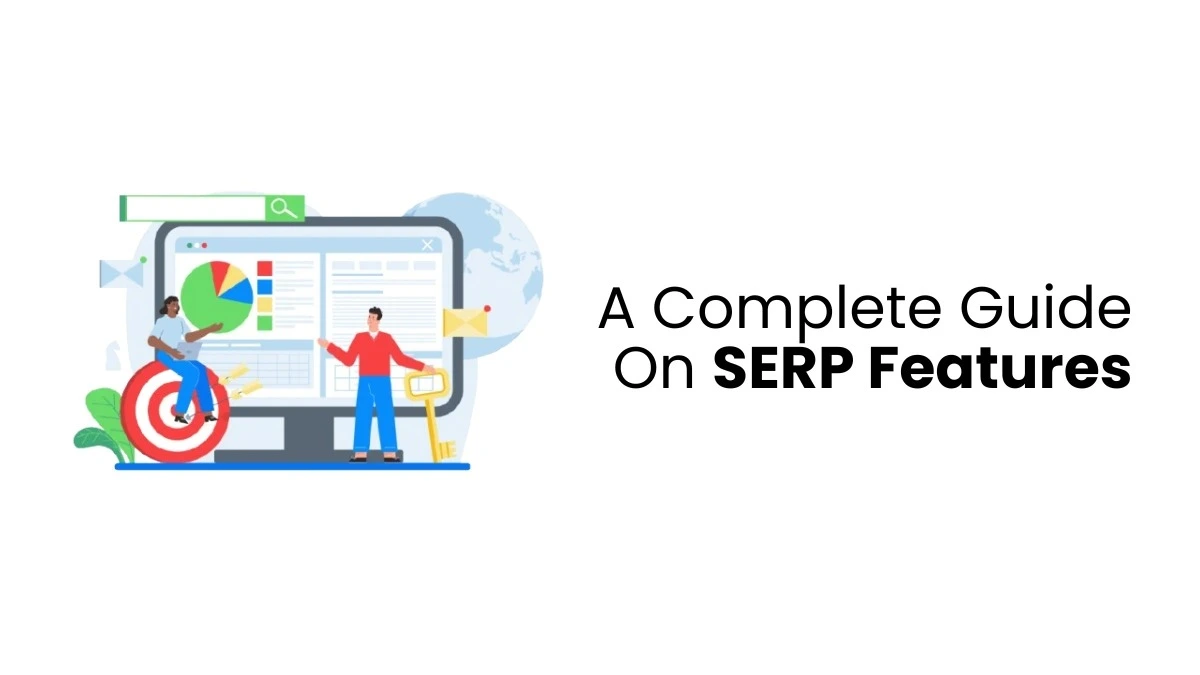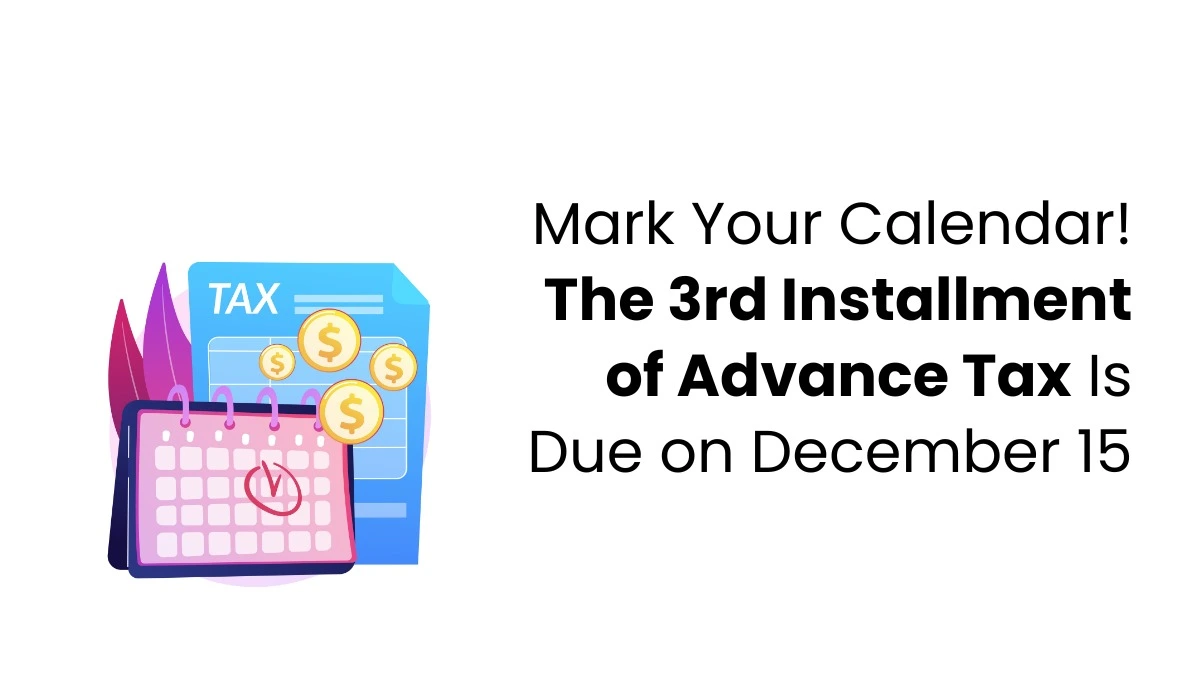A drawing account isn’t a bank account. It’s a record that shows how much money the business owner has taken out for personal use. This money is different from employee wages and is subtracted from the owner’s share in the business. Keeping separate drawings in accounting helps track these withdrawals. It makes it easier to balance the finances at the end of the year.
Define Drawings in Accounting
In simple terms, drawings are the money business owners take from their company for personal use. It’s like paying yourself from your business earnings. Drawings aren’t business expenses but reduce the owner’s share in the company. Tracking these withdrawals is essential because it helps keep the financial records clear and shows how much of the business belongs to the owner after paying off debts.
Working Process of Drawings in Accounting
A drawing account tracks money that business owners take from their business for personal use. When the owner takes money out, it reduces their share of ownership in the company.
For example, the drawing account will show this if the business makes Rs.10,000 and the owner takes Rs.2,000. The owner’s share in the company will go down by Rs.2,000. Keeping personal and business money separate helps keep clear records. It ensures the owner knows how much they’ve taken from the business. This is important for managing finances and showing the company’s financial state. Joining Finance & Accounting Courses helps to acquire basic knowledge related to drawings in accounting.
Essential of Drawings in Accounting
Drawing in accounting is vital in accounting for several key reasons:
Maintain Finances Separate
Drawing accounts helps you separate personal and business money. This makes tracking the business’s financial performance easier without mixing up personal spending.
Manage Money
By recording personal withdrawals, business owners can monitor their spending. This helps them budget better and avoid spending too much, keeping the business stable.
Tax Accuracy
Accurate records of personal withdrawals help business owners report their income correctly on taxes, avoiding legal issues and ensuring they follow tax rules.
Create Investor Trust
Precise and accurate drawing accounts make investors feel more confident in the business. When they see good financial practices, they are more likely to trust the company and consider investing.
Financial Planning
Drawing accounts helps with strategic financial planning. Business owners can see their spending habits more clearly by tracking personal withdrawals. This allows them to plan for future costs, make better investments, and make decisions that support the company’s financial goals, ensuring long-term success.
These are important when handling drawings in accounting. To know more, joining the best accounting courses online will help you.

Effects of Financial Statements of Drawing in Accounting
Balance Sheet
Drawings lower the owner’s equity on the balance sheet. This means that the owner’s asset share goes down when money is taken from the business.
Income Statement
Drawings don’t directly affect the income statement. However, if the owner takes out less money, it might show better financial management. This can lead to cash problems and make it harder for the business to grow.
Statement of Cash Flows
Drawings impact the statement of cash flows. Large or frequent withdrawals can reduce the business’s cash, affecting its ability to pay bills or invest in new projects.
Owner’s Equity Statement
Drawings in accounting are subtracted from net income to calculate the owner’s equity. This subtraction shows how much the owner has taken out for personal use. It helps show the actual financial state of the business and the effect of the owner’s withdrawals.
Knowing about drawings is important for anyone involved with the business. It helps correct financial records, follow tax rules, and make intelligent decisions. Drawings affect the owner’s share in the business and show how much of the company’s money is used for personal expenses. Managing drawings properly is key to keeping the business healthy and prosperous.
To learn more about accounting, check out Finprov Learning. We offer a range of online job-oriented courses designed for both graduates and professionals and include CBAT, PGBAT, Income Tax, Practical Accounting Training, PGDIFA, DIA, GST, SAP FICO, Tally Prime, MS Excel, and more.
We also provide both theory and practical training to help you gain real-world skills. We offer placement assistance to support you in starting your career after completing your training. Contact our team today to explore accounting opportunities and enhance your knowledge for a successful future.










